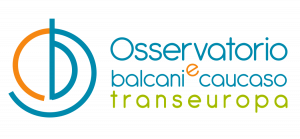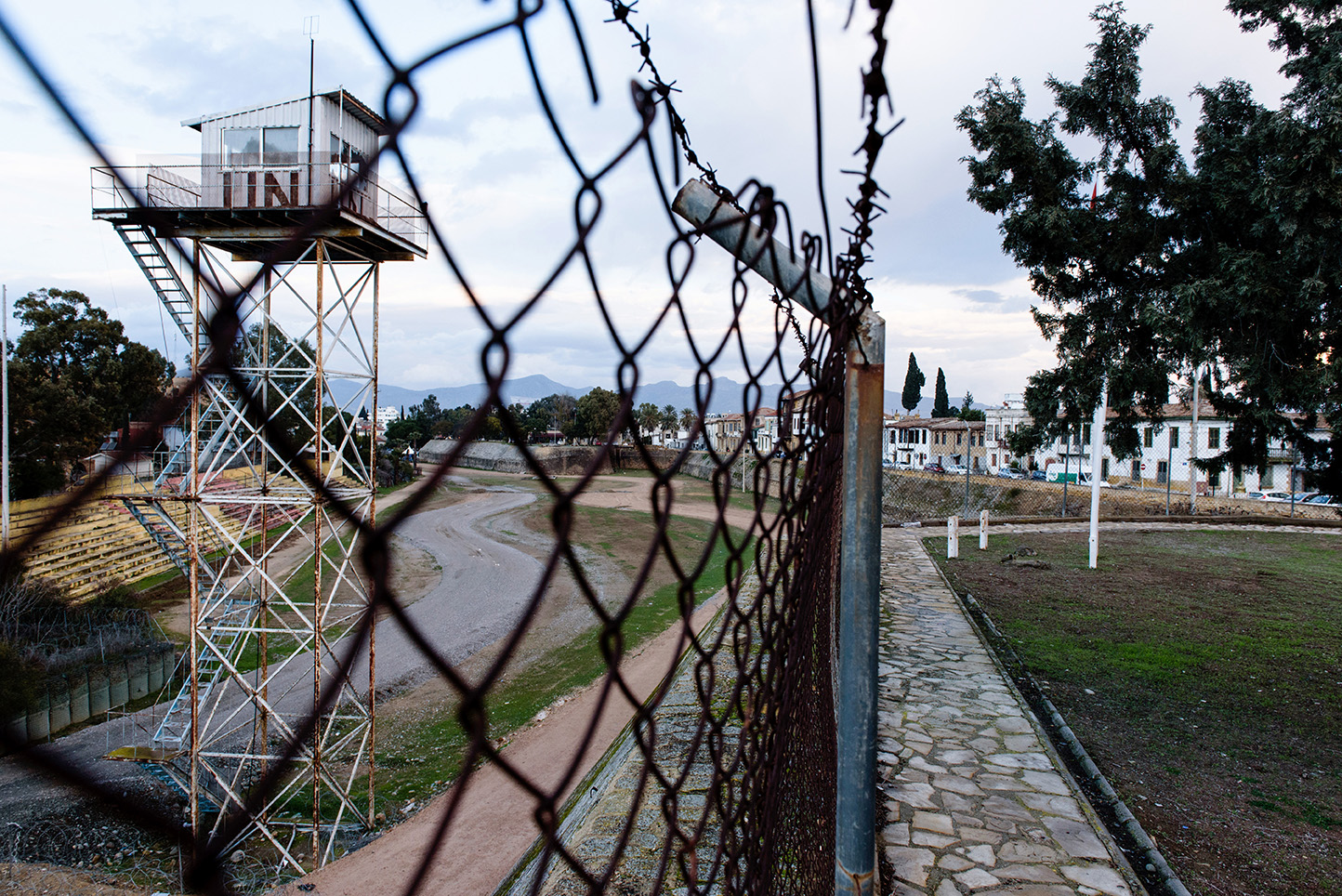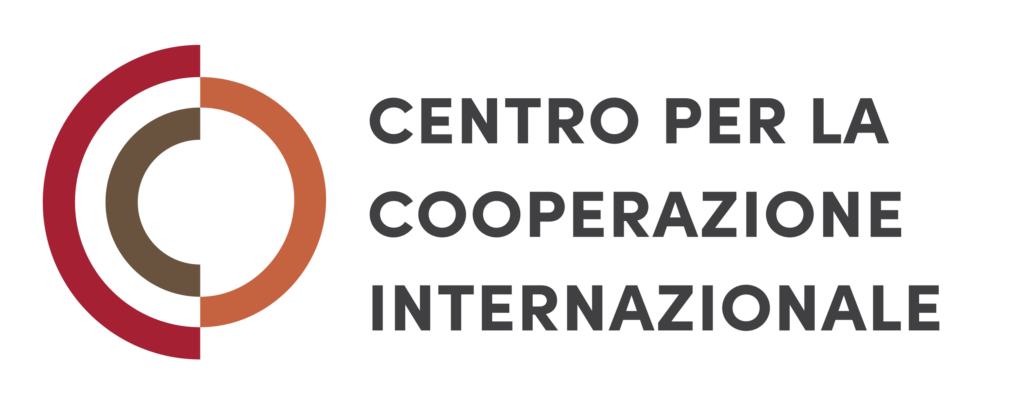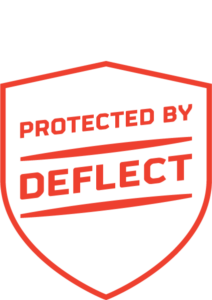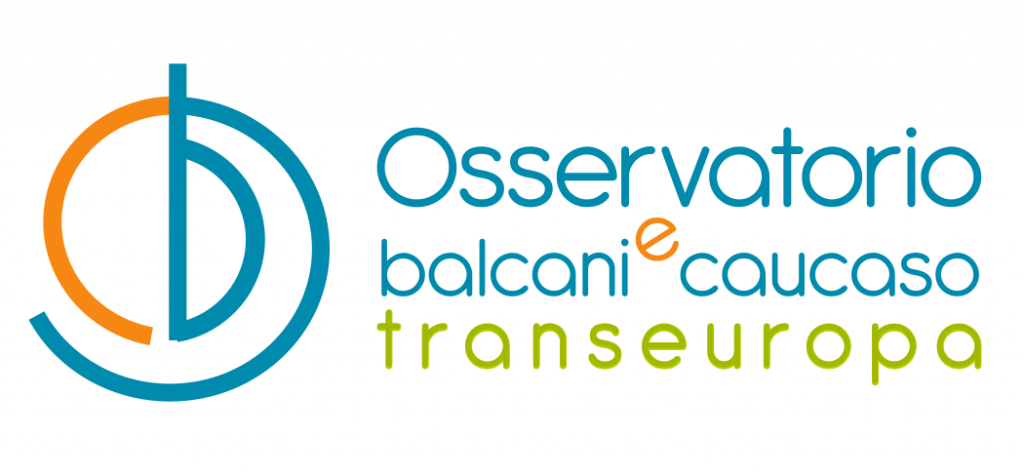Ljubljana, cutting edge in biotechnological research
A new Slovenian research centre is operational in the capital Ljubljana. It is the Biotechnology Hub of the National Institute of Biology (NIB), created thanks to European funds and inaugurated last February, which seeks to study and provide answers to the environmental challenges that await us

Ljubljana-cutting-edge-in-biotechnological-research
The Ljubljana Biotechnology Hub (photo G. Vale)
Inside the large windows, the wind that shakes Ljubljana seems not to be there. We see the cherry trees donated by Japan vibrate forcefully in the outdoor garden, but we perceive only absolute silence.
David Stanković, the deputy director of the Department of Research on Organisms and Ecosystems, has the thankless task of having to explain to me – in the most secular language possible – what is done inside the new Slovenian Biotechnology Hub.
This research centre, which is part of the National Institute of Biology (NIB), was inaugurated in mid-February in the western part of the Slovenian capital, in a green area where several faculties of the University of Ljubljana are already located.
With over 6,500 square metres of surface area spread over two floors, the new "Hub" has all the most modern machinery for biotechnological research.
“This infrastructure is very important, but even more important are the people who work within it”, says David Stanković. Of the three departments – biotechnology, toxicology and ecosystem research – Stanković is employed in the latter.
“We study how organisms communicate, reproduce, evolve and how species interact with each other. We develop new methods for monitoring biodiversity and this with the aim of understanding the state of health of the ecosystems around us", explains the researcher, before adding: "Biodiversity is in crisis and even if this is now known globally, actions are slow in coming".
As we walk through the corridors of the biotechnology hub, we pass by the room where some specimens of wild pollinating insects are contained.
“They are just as important as honey bees, if not more. They are responsible for 50% of the pollination process in nature”, says David Stanković.
In another lab, a precision vibroscope allows us to recognise and record the vibrations emitted by insects.
“Slovenia is a small country, but it faces the same challenges we all face globally. Biodiversity declines and if links begin to be missing in the network of an ecosystem, this can cause major imbalances", concludes the researcher, who warns: "We must give space back to nature and quickly".
A new agriculture
When I visit the new Slovenian research centre – the result of a 36 million Euro investment (80% financed by EU cohesion funds) and almost two and a half years of work – Slovenia, like other European countries, is shaken by farmers’ demonstrations.
The "European Green Deal", which introduced the objective of climate neutrality for Europe by 2050, is being questioned, in particular by farmers, who contest among other things the 50% cut in the use of pesticides.
On the first floor of the NIB Biotechnology Hub, Kristina Gruden heads the Department of Biotechnology and Systems Biology.
“An important part of our work is somehow linked to agriculture”, says the researcher. One of the projects her team is working on at the moment concerns the development of a possible alternative to the use of pesticides.
“Like humans, plants also coexist with microbes, which help and protect them – explains Kristina Gruden – however, the excessive use of pesticides and fertilizers drastically reduces the presence of microbes on the plant”.
For this reason, at the research centre they have developed a system to "immerse" the seeds of the plant in a solution rich in microbes, so as to guarantee a solid bond between microbes and plant from the beginning.
Another way to make plants more resistant to diseases and new climatic conditions (long periods of drought, high temperatures, floods…) is to modify their genetic heritage.
“So-called synthetic biology seems fashionable today, while the term GMO continues to be frowned upon by the public, but only because people don’t know how the technology works”, assures the researcher.
Ever since they began cultivating plants for sustenance, people have selected and crossed species in order to obtain the most resistant and productive ones.
“By analysing and selecting genes, we can speed up that process”, explains Kristina Gruden, whose team is also tasked with analysing plants and seeds entering Slovenia from non-EU countries. According to European legislation, an organism is considered genetically modified (GMO) if the amount of transgenic genes exceeds 0.9%.
After leaving the greenhouse where the plants are kept in quarantine, we cross the floor dedicated to the Department of Genetic Toxicology and Cancer Biology, where, among other things, the effects of chemical agents and nanoparticles on human DNA are studied.
In total 160 people work in the new biotechnological hub, while another 40 are located at the Piran Marine Biological Station, opened in 1969, nine years after the foundation of the National Institute of Biology (NIB) by the University of Ljubljana.
“We have been waiting for a research centre like this for 14 years. We were already talking about it in 2010”, recalls Maja Ravnikar, the director of the NIB. Today, the objective of the Slovenian authorities – explains Ravnikar – is to make research infrastructures “greener” and other important investments in the field of research are expected in the next ten years.
“Public authorities often react and make decisions based on the results we provide. For example, in Slovenia pesticides were traditionally used in the fields in the morning and evening. But after we demonstrated that many bumblebees fly in the morning, the use of pesticides has now been limited to the afternoon only”, says Maja Ravnikar.
But communication with public authorities still has ample room for improvement. “Often stakeholders do not understand our work sufficiently or perhaps we are not able to explain it well enough”, concludes the director.
The opening of the new Hub – proudly inaugurated by the Slovenian Minister of Education, Science and Innovation – can perhaps be an opportunity for a new beginning in relations between scientists and politicians in Slovenia. In any case, the time of incommunicability between these two categories has long expired.
The photo-gallery
Tag: Energy for Future
